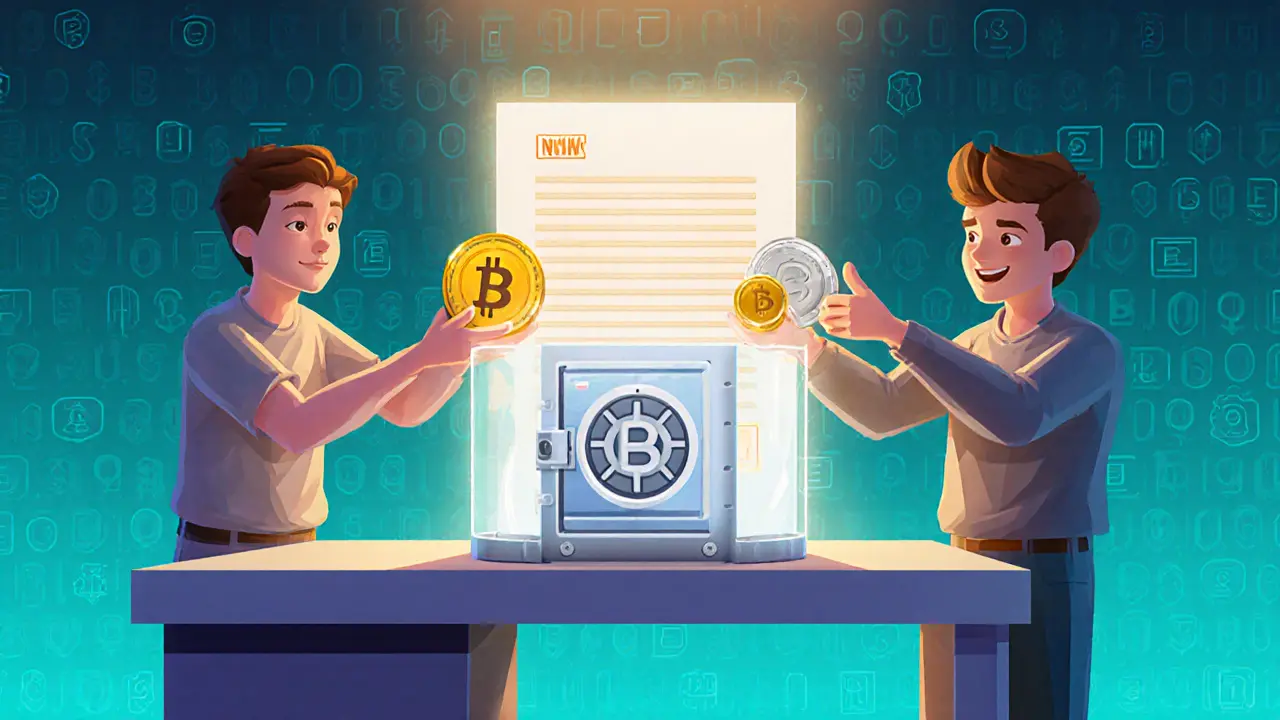Blockchain Scaling Overview
When talking about Blockchain Scaling, the process of boosting a blockchain’s transaction capacity while cutting fees. Also known as scaling solutions, it encompasses a range of techniques that let networks handle more activity without sacrificing security. One of the most talked‑about approaches is Layer 2 Solutions, protocols that operate on top of the base chain to process transactions off‑chain and settle them periodically. Another key method is Sharding, splitting the main ledger into smaller pieces called shards so each node only handles a fraction of the data. And then there are Rollups, systems that bundle many transactions into a single proof that is posted to the main chain, which blockchain scaling relies on to increase throughput. All these methods require careful design, strong cryptographic guarantees, and often a shift in how developers build dApps. Understanding the basics helps you see why a coin’s price, an exchange’s fees, or an airdrop’s eligibility can change overnight when a new scaling upgrade lands.
Core Scaling Strategies and Their Real‑World Impact
Layer 2 solutions like Optimistic and ZK rollups act as highways that divert traffic away from the congested main road. By moving most computation off‑chain, they enable near‑instant confirmations and slash gas costs, which is why projects such as BNBTiger or Pickle Rick often tout faster trading on supported platforms. Sharding, on the other hand, requires the underlying blockchain to redesign its consensus so each shard can process its own set of transactions in parallel – think of it as turning a single‑lane bridge into a multi‑lane overpass. This approach is central to networks planning massive user growth, like some upcoming Ethereum upgrades. Rollups blend the benefits of both worlds: they keep security on the main chain while aggregating data off‑chain, influencing overall network throughput dramatically. Off‑chain scaling methods such as state channels or sidechains also play a role; they let users lock assets temporarily and settle the final state later, which is useful for gaming tokens like VerseWar or NFT projects that need frequent micro‑transactions. Each strategy has trade‑offs – rollups may face data availability challenges, sharding can introduce cross‑shard communication overhead, and layer‑2 bridges sometimes become targets for hacks. The balance between security, decentralization, and performance is what drives the ongoing research you’ll see in the articles below.
Why does all this matter for everyday crypto users? Because scaling determines how quickly you can move money, how much you pay in fees, and whether a new token launch or airdrop will reach you without hiccups. The posts in this collection touch on scaling indirectly – from a Norway mining ban that pressures validators to become more efficient, to staking guides that rely on low‑cost transaction environments, to exchange reviews that compare how well platforms support layer‑2 withdrawals. You’ll also find concrete examples like a detailed look at the BNBTiger token, which benefits from faster trading on optimized chains, or the Bitpin exchange review that evaluates its support for rollup‑based deposits. By getting a solid grasp of blockchain scaling now, you’ll be better equipped to interpret those detailed analyses, spot emerging opportunities, and avoid pitfalls when the next scaling upgrade hits the mainnet. Below, the curated articles dive deeper into specific coins, regulations, and tools that illustrate these concepts in action.
Opening and Closing State Channels: A Practical Guide for Blockchain Developers
A hands‑on guide that explains how to open and close state channels, covers key components, common pitfalls, and best practices for blockchain developers.
- 24
- Read More
